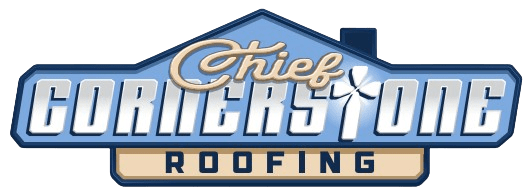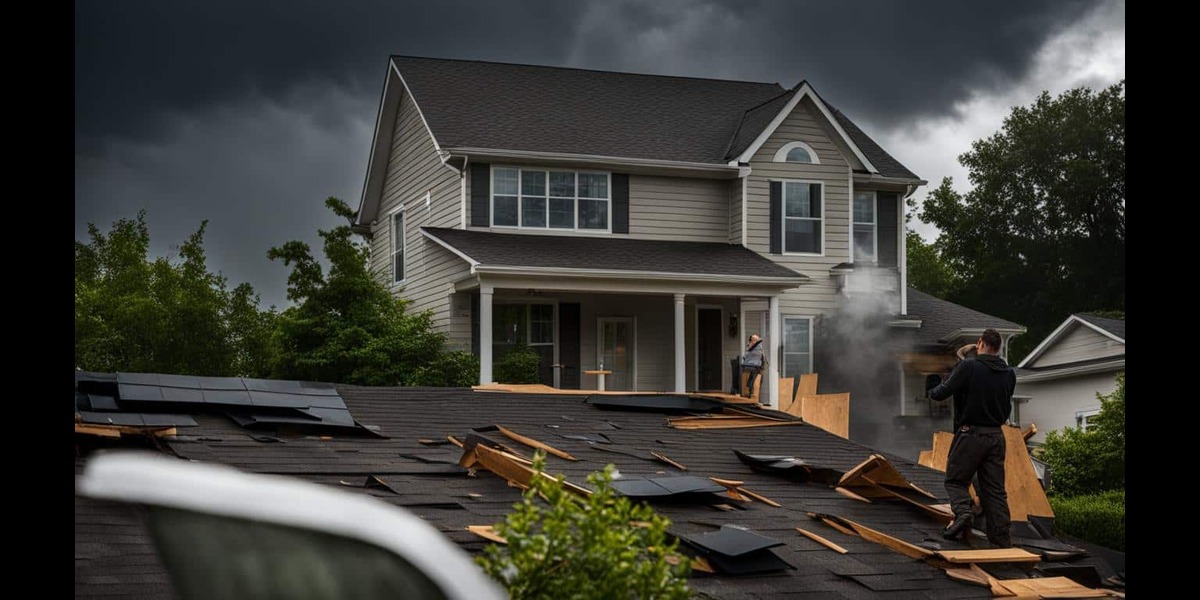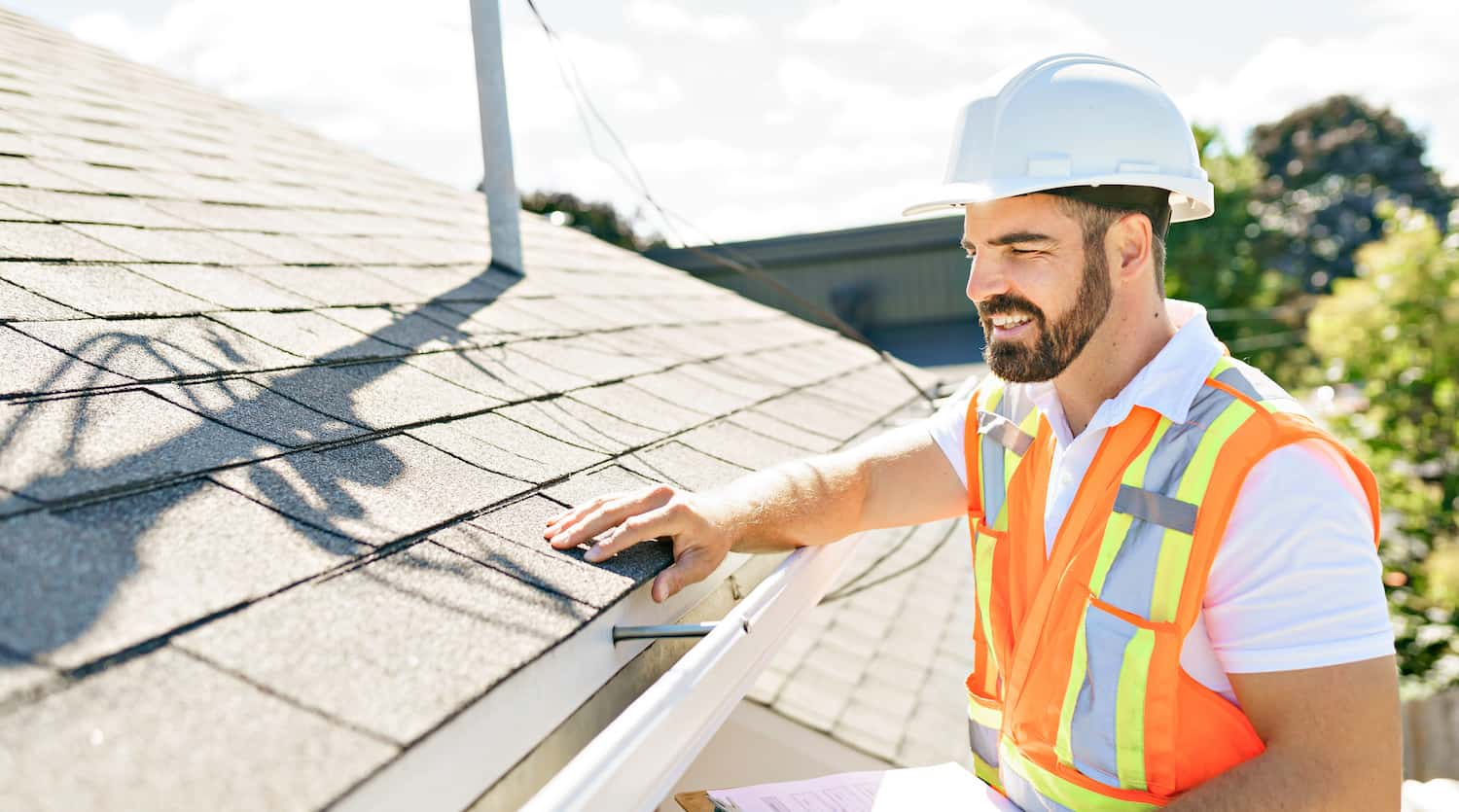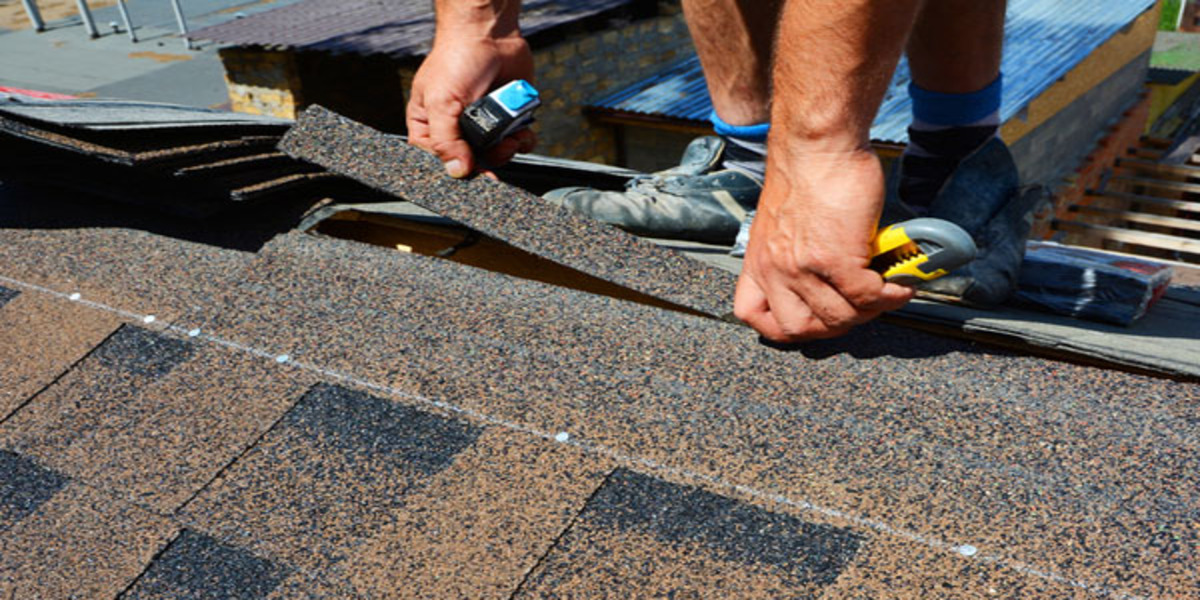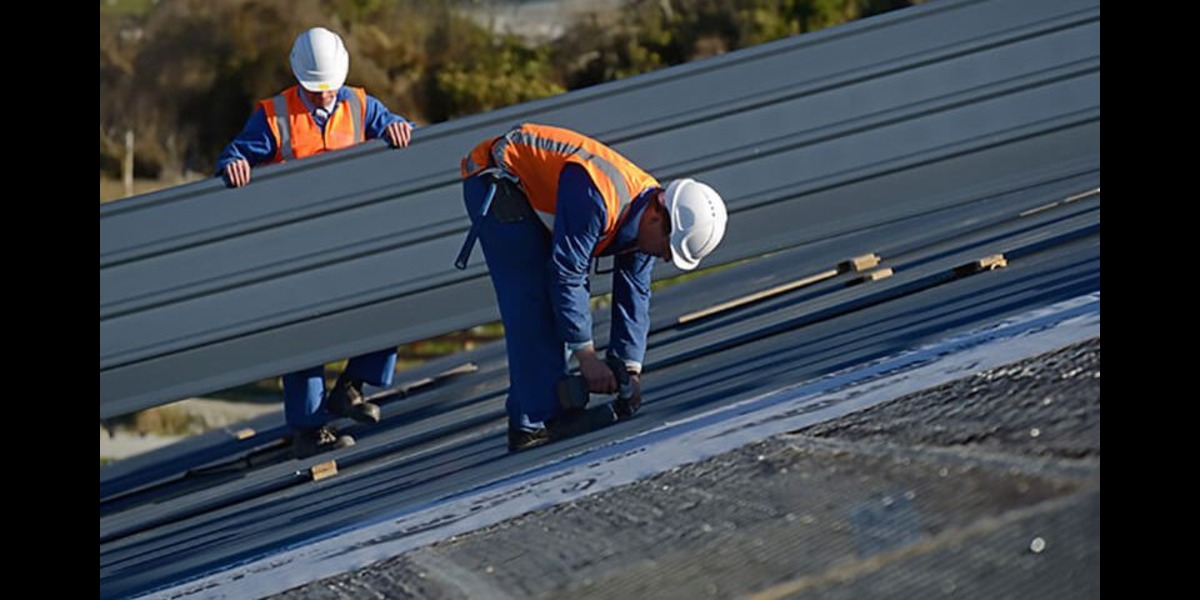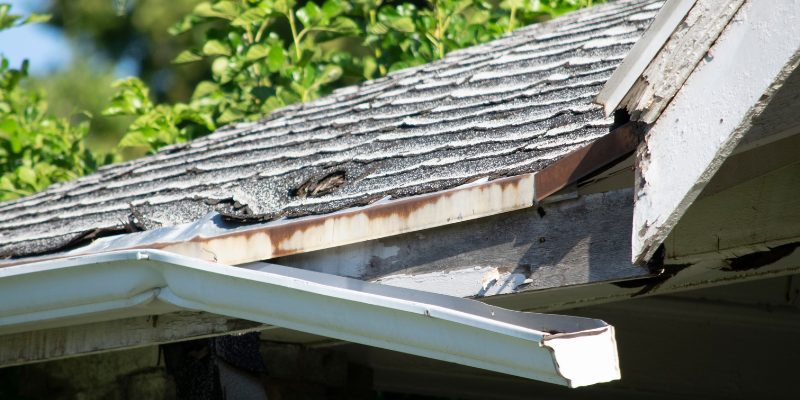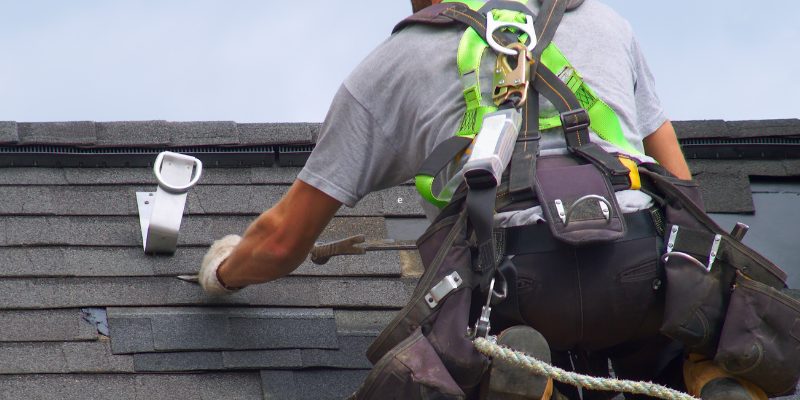

Roof inspections are an important aspect of home maintenance, particularly in regions with varied and sometimes extreme weather conditions like Long Island, NY. Whether you live in Nassau County towns like Garden City, Rockville Centre, and Merrick, or Suffolk County areas such as Huntington, Smithtown, and East Hampton, understanding what happens during a roof inspection can help you prepare and ensure your home’s roof remains in top condition.
In this article, we’ll walk you through the roof inspection process, what inspectors look for, and how it can benefit your home in the long run.
Why Roof Inspections Are Important
Regular roof inspections help identify and address issues before they become major problems. Given Long Island’s diverse weather, from hot summers to icy winters and occasional hurricanes, roofs endure a lot. Inspections are vital for:
Prolonging Roof Lifespan
Identifying minor issues early can prevent costly repairs and extend your roof’s life.
Ensuring Safety
A damaged roof can pose safety hazards to your family and structural integrity risks to your home.
Maintaining Property Value
A well-maintained roof is a significant factor in your home’s overall value and appeal.
Preparing for Extreme Weather
Inspections ensure your roof is ready for seasonal challenges, be it summer heat, winter snow, or hurricane winds.
The Roof Inspection Process
Initial Consultation and Preparation
When you schedule a roof inspection, a professional roofing contractor will arrange a visit to your home. This initial step often includes:
Discussion of Concerns
The roof inspector will ask if you have noticed any specific issues, such as leaks, missing shingles, or water stains inside your home.
Access Planning
Depending on the roof’s height and structure, the inspector will plan how to access the roof safely, which may involve ladders or aerial drones for steep or hard-to-reach areas.
Exterior Roof Examination
The primary part of the inspection involves a thorough check of the roof’s exterior. Key areas of focus include:
Shingle Condition
Inspectors will look for signs of damage like cracks, curling, or missing shingles. In areas like Massapequa and Lynbrook, where homes are exposed to high winds and rain, shingle wear is common.
Flashing Integrity
Flashing around chimneys, vents, and skylights is checked for rust, cracks, or separation, as these are common entry points for water.
Gutter and Downspout Health
Proper drainage is crucial. Inspectors ensure gutters are clear and securely attached, and downspouts direct water away from the foundation.
Soffits and Fascia
These components are inspected for signs of rot, damage, or pest infestations, which can compromise roof integrity.
Roof Penetrations
Any penetrations through the roof (like pipes or vents) are examined for secure seals to prevent leaks.
Interior Inspection
Inspecting the interior of your home, particularly the attic, is essential to identify signs of roof problems that aren’t visible from the outside. This step includes:
Insulation and Ventilation
Proper attic ventilation and insulation are checked to prevent moisture buildup, which can lead to mold growth and structural damage.
Water Damage
The inspector looks for water stains, mold, or rot in the attic or on the ceiling, indicating possible roof leaks.
Structural Components
Rafters, trusses, and other structural elements are examined for signs of sagging or damage.
Assessment and Reporting
After the inspection, the roofing professional will compile their findings into a detailed report, which typically includes:
Photographs
Images of any identified issues, providing a clear view of the roof’s condition.
Damage Assessment
An evaluation of the severity of any damage and recommendations for repair or replacement.
Maintenance Tips
Advice on regular maintenance and any immediate actions you should take to protect your roof.
Discussing Recommendations
Once the report is ready, the inspector will go over their findings with you. This discussion usually covers:
Repair Options
If issues are found, the inspector will suggest the best course of action, from minor repairs to potential roof replacement.
Cost Estimates
A rough estimate of the costs involved in any recommended repairs or maintenance.
Timeline
An appropriate timeframe for addressing any issues, considering Long Island’s weather patterns and your home’s specific needs.
Choosing the Right Roof Inspector
For Long Island homeowners, selecting a reliable roofing contractor is crucial. Look for professionals who:
Are Local
Choose a contractor familiar with Long Island’s specific weather conditions and roofing challenges.
Have Good Reviews
Check online reviews and ask for references from previous clients in your area.
Are Licensed and Insured
Ensure the contractor is properly licensed and carries insurance to protect against any accidents or damage during the inspection.
Regular roof inspections are essential for maintaining the health and safety of your home, especially in the weather-varying climate of Long Island, NY. By understanding the inspection process and knowing what to expect, you can ensure your roof remains in excellent condition, ready to withstand whatever Mother Nature throws its way.
Whether you’re in the neighborhoods of Hempstead and Uniondale, or the serene coastal towns of Montauk and Southold, staying proactive with roof inspections will protect your investment and provide peace of mind. Schedule a professional roof inspection today and keep your home secure and comfortable year-round!
Email:
chiefcornerstoneinc@gmail.com
Address:
11 Katie Ct, Lake Grove, NY 11755
Phone Number:
516-273-6428
Hours of Operation
Mon – Fri 8:00am – 8:00pm
Sat – Sun 8:00am – 6:00pm
